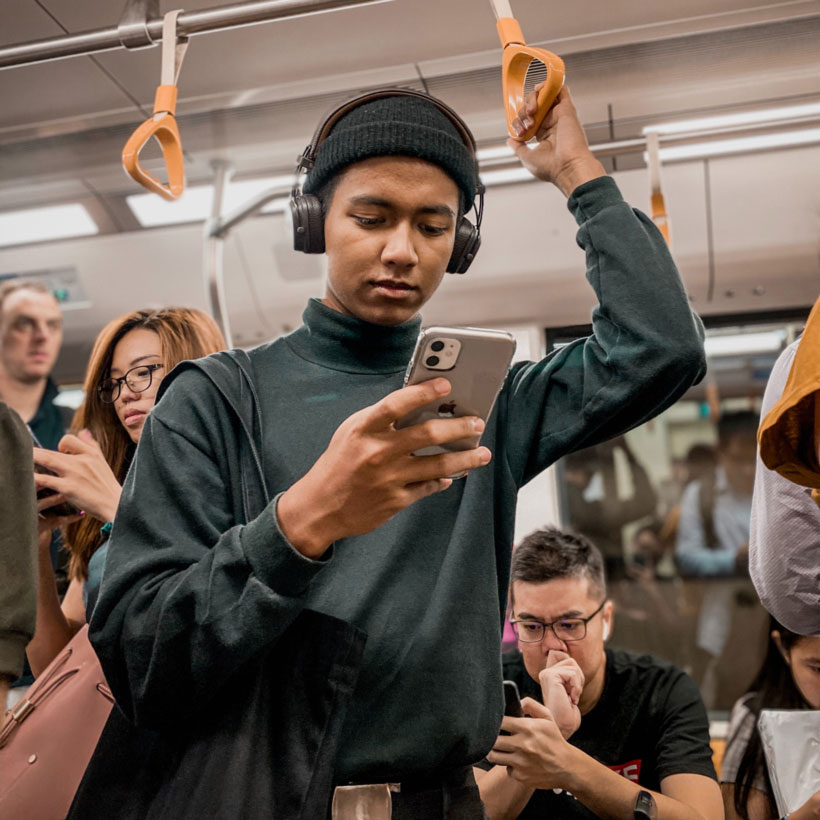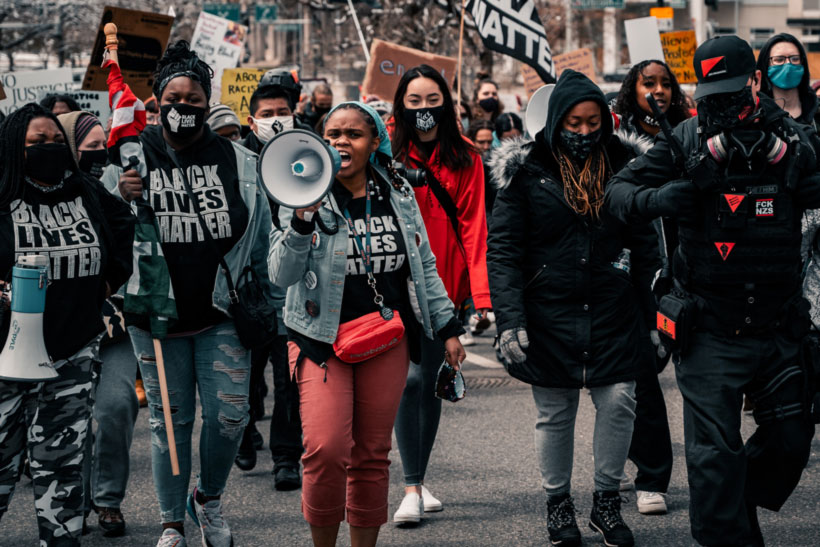Deputy Editor Geoff Harris reflects on the worrying trend of people simply shunning bad news – and what it could mean for photojournalism, documentary and news photography.
As somebody who believes passionately in the importance of hard-hitting documentary and news photography, I’m worried. A survey, recently shared by the BBC, reveals that a lot of people are turning off from the news as it makes them depressed.
According to the report, from the respected Reuters Institute, almost four in 10 of those surveyed say they often or sometimes avoid the news, a sizeable jump from 29% in 2017.
It also found the number of people avoiding news over the past five years has doubled in the UK (46%) and Brazil (54%).
Considering the devastation that the corrupt Bolsonaro regime is inflicting on the Amazon rainforests and indigenous tribes in Brazil, this is even more concerning, but I digress.
Photojournalism tells the truth about what is happening
When you think of some of the most influential news images in the history of photography – Dorothea Lange’s record of dirt-poor US migrants, or Nick Ut’s Napalm Girl photo – yes, they are upsetting and depressing.
This is not usually because photographers are trying to make viewers feel bad or have any kind of agenda (Ut certainly wasn’t against the anti-communist South Vietnamese forces who dropped the napalm), it’s because they want to tell the truth about what is happening around them. If more and more people are actively turning away from the news in order to ‘protect their mental health,’ where does that leave the next generation of photojournalists? Will they still be able to make a living?
Then there is the environment.
I’ve been lucky enough to interview a lot of great nature photographers over the years, including Frans Lanting and Joel Sartore, and most still believe that their photography can help protect endangered species or habitats through awareness-raising.

How do you access news? Photo by Rasheed Kemy on Unsplash
But what if an increasing number of potential viewers of these images just throw their hands up in the air and switch to cute puppy videos on YouTube or silly dance routines on TikTok?
Indeed, another recent report from OFCOM shows that TikTok is the fastest-growing news source for UK adults. Of course, not all content on TikTok is trivial, but it’s an illuminating and concerning trend.
Then there are the unhinged conspiracy theorists who accuse much mainstream news of being fake, following in the footsteps of cynical politicians like Donald Trump. Predictably, attacks on news journalists and photographers have risen exponentially.
We need great photojournalism more than ever
We need great photojournalism more than ever, as it’s one of the pillars of a free society, where politicians, big business and the military are held accountable. Shackling the press is one of the first things authoritarian regimes do – just ask any photojournalist struggling to tell the truth in China and Russia.
I also think that mental health charities and ‘experts’ should be doing more to dispel this insidious myth that the news is somehow damaging to people’s well-being. Certainly, today’s 24/7 news cycles mean it’s easy to feel overwhelmed, but we can all control how much news we consume, and only consume it from reputable sources. Sticking our head in the sands is no answer.
A few years ago, photojournalists were fretting that the biggest threat facing them was the closure of a lot of print-based media and the increasing use of freelancers and ‘citizen journalists’ by digital outlets. These threats remain, and jobs continue to be lost, but a general turning away from bad news is an even more worrying trend.
As photographers, we should be doing what we can to support and speak up for photojournalists, and of course, getting out there with our cameras ourselves. Stories of death and destruction are not new, but however much they seem to be piling up in 2022, it’s important we all face up to what is going on the world. How else are we going to help to change it?
Featured image: Photo by Colin Lloyd on Unsplash
More on photojournalism:
Best cameras for photojournalism and documentary 2022
The views expressed in this column are not necessarily those of Amateur Photographer magazine or Kelsey Media Limited. If you have an opinion you’d like to share on this topic, or any other photography related subject, email: ap.ed@kelsey.co.uk








